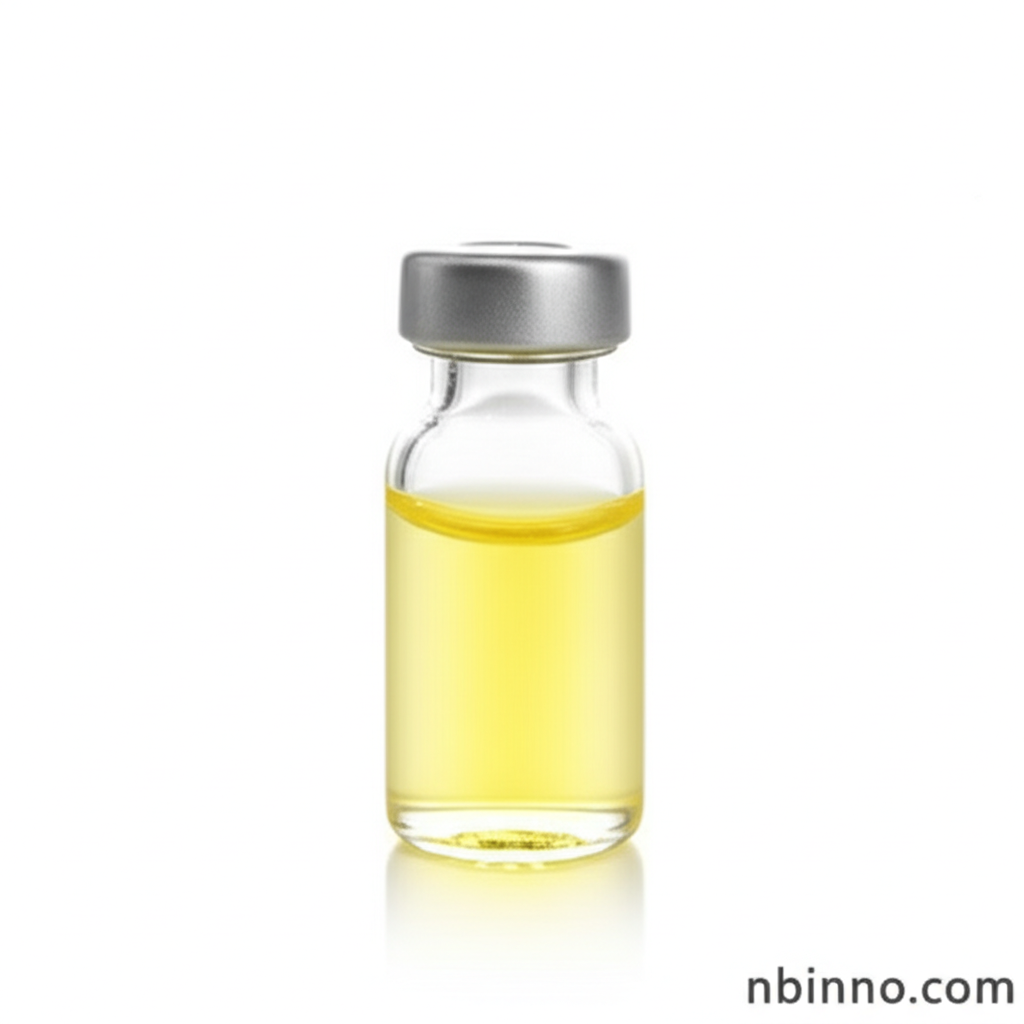Thiophenol (CAS 108-98-5): Properties, Applications, and Safety as a Fine Chemical Intermediate
Explore the critical role of Thiophenol, a versatile aromatic thiol, in various industrial applications. Discover its chemical characteristics, synthesis, and safe handling practices for your chemical needs.
Get a Quote & SampleProduct Core Value

Thiophenol
Thiophenol, identified by CAS number 108-98-5, is a key aromatic thiol widely utilized as an intermediate in the production of a diverse range of fine chemicals. As a reliable supplier in China, we offer high-quality Thiophenol that meets rigorous industry standards.
- Explore the synthesis methods for Thiophenol, understanding its production from common precursors.
- Learn about Benzenethiol applications in pharmaceuticals, where it serves as a crucial building block for active ingredients.
- Understand Phenyl Mercaptan as a chemical intermediate, its significance in creating complex organic molecules.
- Discover Thiophenol safety handling protocols to ensure responsible use in laboratory and industrial settings.
Advantages of Using Thiophenol
Versatile Chemical Reactivity
Leverage the unique reactivity of Thiophenol for complex organic synthesis, including the formation of thioethers and disulfides, essential for many industrial processes.
Broad Application Spectrum
Utilize Thiophenol as a key component in the development of dyes, medicines, pesticides, and as polymerization inhibitors and antioxidants, demonstrating its wide applicability.
High Purity Standards
Benefit from Thiophenol with an assay of 98% MIN, ensuring consistent quality and performance for critical applications in fine chemical manufacturing.
Key Applications
Pharmaceutical Synthesis
Thiophenol serves as a vital intermediate in the synthesis of various pharmaceuticals, contributing to the creation of essential medicines.
Agrochemical Production
Its use extends to agrochemicals, aiding in the development of effective pesticides and crop protection agents.
Dye Manufacturing
Thiophenol is employed in the production of dyes, imparting specific color properties to various materials.
Polymerization Inhibition
The compound acts as a polymerization inhibitor, controlling the rate of polymerization reactions in industrial processes.
